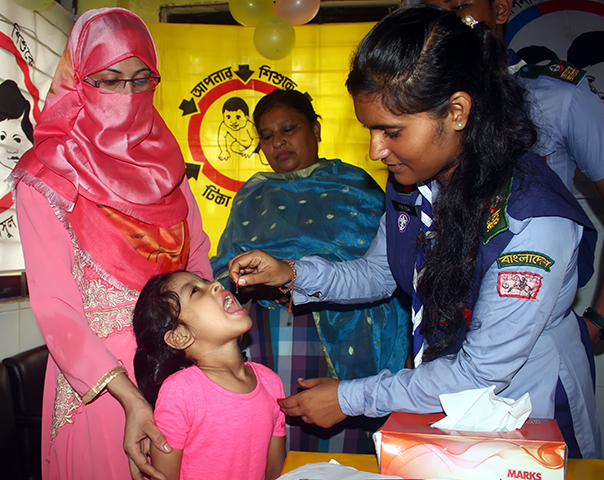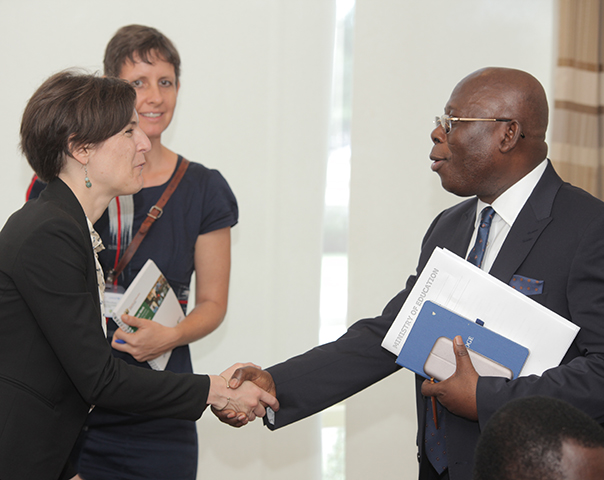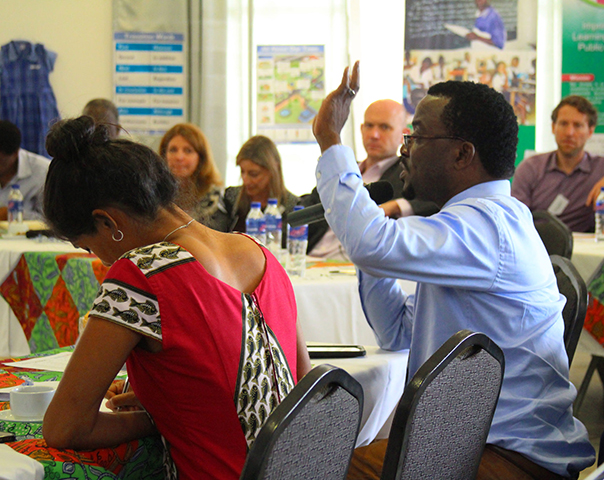Enhancing the Productive Assets of Microentrepreneurs in Ghana
Abstract
Of the two billion people living on less than $2 per day, roughly half run a business. Finding effective approaches to enhance the productivity and performance of these businesses is considered key to economic growth in many developing economies. In Ghana, Innovations for Poverty Action is working with researchers to evaluate how offering microenterprises locked loans versus unlocked loans can impact product adoption decisions, investment behaviors, loan repayment success, and firm productivity and growth.
Policy Issue
Microenterprises employ hundreds of millions of people in developing countries, but many of these businesses never grow enough to become small or medium-sized enterprises. Finding ways to stimulate microenterprise growth is important because the growth of these businesses could trigger substantial economic development in low-income countries, which typically have a large informal job sector. In addition to creating more jobs, microenterprise growth could have social benefits, increasing household spending in areas such as healthcare and education. So what is preventing these tiny businesses from growing? One problem may be that micro-entrepreneurs lack access to capital for their businesses. Or, it is possible that financial institutions do make credit available (e.g., by offering small business loans) but these products are not designed to encourage business investment. This research study aims to contribute evidence on how financial product design can spur business growth by promoting both access to finance and investment in productive firm assets.
Context of the Evaluation
This evaluation is being conducted in partnership with Sinapi Aba Savings and Loans (SASL), a savings and loans institution with over 40 branches across Ghana. The study is taking place in Accra, Ghana at four of the partner bank’s branches. Participants in the study are active bank clients who are already making regular savings deposits at SASL, and they are all either owners of microenterprises or small businesses. Roughly 60 percent of the study participants are women.
Details of the Intervention
Innovations for Poverty Action is working with researchers to evaluate the impacts of “locked” versus “unlocked” loans on multiple outcomes: product effectiveness (e.g., adoption, approval, disbursement and repayment); practices of firm owners (e.g., investment behavior, productive asset usage); and performance of businesses (e.g. changes in sales, profits, employees). The study will also examine the effects of the intervention on household welfare, including changes in education, food, and health expenditures. In addition, the researchers will analyze whether these economic and social outcomes vary based on the level of internal and external pressures faced by the owners of these small businesses.
The research team is randomly assigning 2,400 SASL clients to either receive offers for an unlocked loan product (which the bank has traditionally offered), or for a locked loan product (which is a new offering designed as part of this project).
Unlocked loan (1,200 clients offered): Clients who sign up for this product have to make regular deposits to their savings account for approximately one to two months, after which they become eligible to apply for a loan. The savings deposit acts as part of the collateral for the loan. SASL requires all its clients to specify the business purpose for which they seek the loan (in the past, they have almost always been for the purchase of productive assets such as equipment, inventory, vehicles, etc.). Once a loan is approved, it is disbursed in cash to the client, who can spend the money as wished. This is the typical loan product that SASL has normally offered its clients. However, descriptive evidence suggests that after approval and disbursement by the bank, many clients divert the loan funds by spending some (or all) of the money on non-business purposes.
Locked loan (1,200 clients offered): This product is identical to the unlocked loan, except that an SASL representative physically accompanies the client during the purchase of the asset for which the loan is earmarked, and verifies that the loan proceeds are actually used to purchase the asset. Further, an independent research auditor visits the client’s business location to obtain additional proof of purchase and installation/delivery of the asset. In this way, the intervention ensures that the loan funds are fully invested in the business.
Researchers are measuring product-related outcomes from the point of take-up to disbursement and repayment using the bank’s administrative data. Outcomes such as changes in business practices and performance will be measured 9-12 months after loan disbursement using a novel electronic surveying approach. Apart from the outcomes mentioned above, the randomized evaluation will also measure if some types of business owners benefit more than others from using a locked loan product over an unlocked one.
Results and Policy Lessons
Project on-going; Results forthcoming.











